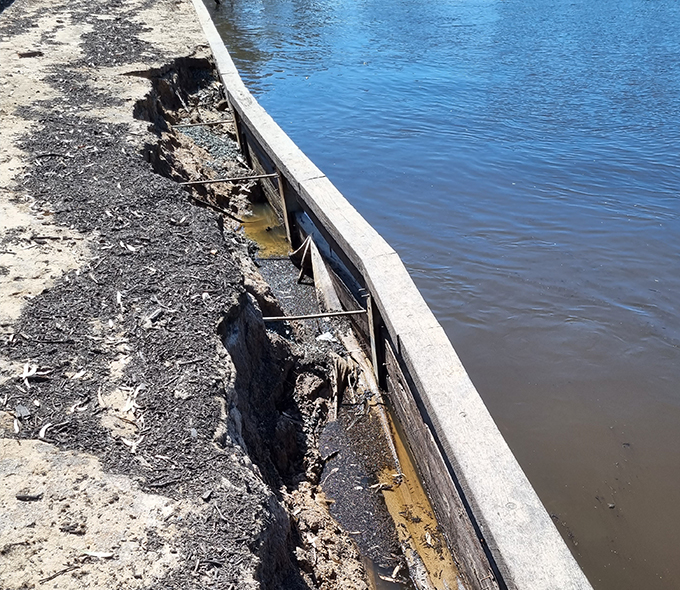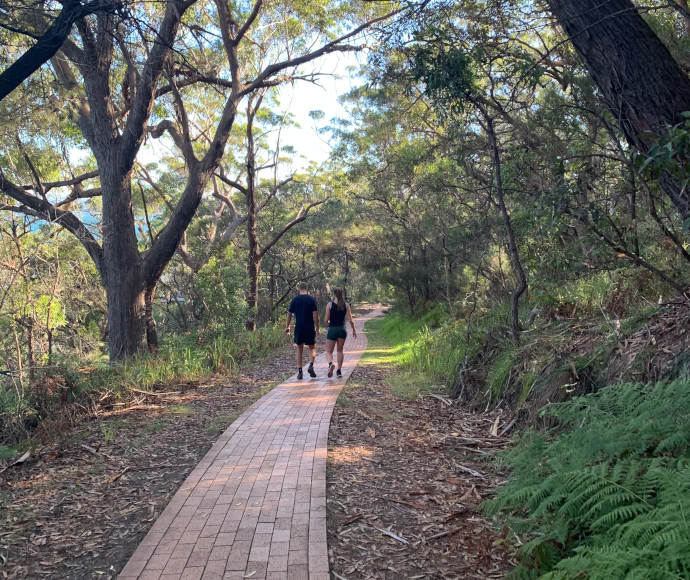Dr Mcafee has been using novel methods as part of his attempts to restore Australia’s lost shellfish reefs and one of his more unusual discoveries is that oysters are attracted to sound.
And he knows this because he’s used underwater speakers to prove this theory.
On the latest edition of OzCast, he details the unique methods that are taking place to recover shellfish reefs that have been lost in modern times.
Dr Mcafee has been at the forefront of Australia’s first large-scale oyster reef restoration project, Windara Reef, on the Yorke Peninsula, on the opposite side of St Vincent Gulf from Adelaide.
His research is aimed at deciphering how oysters perceive their surroundings to select optimal habitats.
And that’s how he came across the importance of sound for microscopic oyster larvae in their recruitment process.
“Forever and a day it was just considered that recruitment, this arrival of larvae to restock an ecosystem was passive, just at the whim of the tides – it’d be potluck that an organism might show up there,” he explained.
“But we now know that even these relatively simple, brainless, earless, microscopic organisms can sense light and structure, they can smell the habitat they’re recruiting to and they can even hear even though they don’t have ears.
“We’ve been using underwater speakers to attract baby oyster larvae to our restoration sites. Even though they don’t have ears they can actually sense and use sound as a cue to find a suitable place to be.
“They don’t necessarily hear the sound per se, they feel it. As soundwaves move through the water they rattle little particles around them and that rattling motion actually rattles a particular sensory organism that the oyster larvae have.
“And then they can follow gradients in that rattling back to the sound source. So, we’ve played all different sounds to oyster larvae in the lab – the sounds of sedimentary plains, seagrass, degraded reefs and the sounds of really healthy rocky reefs and it’s the sounds of those healthy rocky reefs that are the most attractive.”
So it’s official – oysters like rock music.
“This works phenomenally well. It’s ridiculous,” he added. “How can an organism respond that intensely when it doesn’t have a lot of swimming capacity, let’s be honest. Nobody knew that.
“What we did was set up what we called the oyster raceway, an eight-metre long tank, and we stuck a speaker down one end and a fake speaker at the other end, to make sure it’s scientifically rigorous, and we dropped thousands and thousands of baby oysters in the middle.
“So they had the choice essentially – swim towards the sound or swim away from it. And every single oyster larvae that left that central position swam towards the speaker.
“That was quite an astonishing result. It was the first time anyone had shown that larvae will swim horizontally towards the sound source.”
After the successful laboratory experiments, Dr Mcafee and his research team placed speakers at two of Australia’s largest shellfish restoration projects, reefs at Glenelg and Windara.
The ground-breaking nature of his research has gained attention among the scientific community conducting shellfish restoration projects around the world.
To listen to the full podcast, head to https://ozfish.org.au/ozcast/episode-six-the-forgotten-reef-why-the-world-cant-afford-to-keep-losing-shellfish
OzCast is produced by OzFish Unlimited with support from BCF – Boating, Fishing, Camping.
If you would like to know more about the project or get involved become a member of OzFish online at www.ozfish.org.au or contact 1800 431 308.
About us:
About OzFish
OzFish Unlimited is a national environmental conservation charity established to improve the health of our rivers, lakes and estuaries. It is a member-based organisation dedicated to make our fishing grounds healthy, vibrant and more productive. Their active work includes; habitat restoration such as resnagging, riverbank planting, clean-ups, fishways, shellfish reefs and educational and community capacity building programs.








